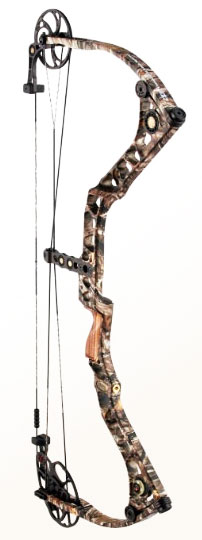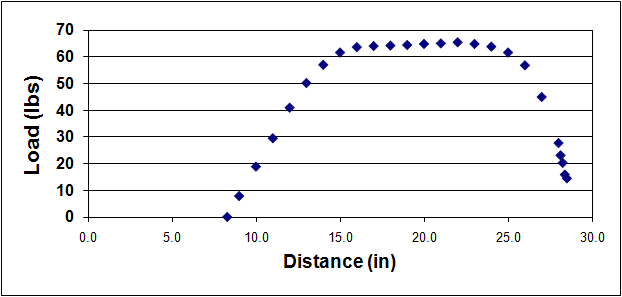Mathews Reezen 6.5
Personal Commentary by Jon Silks about the Mathews Reezen 6.5:
Understanding that this is not the typical Mathews that finds its way into our Head2Head test I was still somewhat surprised by the results for the Reezen 6.5. Considering the spectacular speed out of this single cam bow the draw cycle is one of the best I have tested this year. Still, it barely made the top five in this category. Where many will notice the change from the typical Mathews to this 'speed focused' Mathews is in the shock and vibration category. While there is little kick in the handle at the shot, there is noticeable lasting vibration and this factor kept the Mathews from reaching the top five in the shock/vibration category for the first time in seven years. Mathews signature handle did the trick for me and most of the evaluators as it helped the Reezen 6.5 hit the #2 spot in this category.
|
 |
||||||||||||||
Using this Table: Kinetic Energy: (in foot-pounds)
This is the energy that actually goes into propelling the arrow. Basically it is the energy that is left over from the stored energy after all of the bow system friction is accounted for. |
|||||||||||||||
Using This Graph: The area under the graph signifies the amount of energy stored by the system from brace height to full draw (power stroke). The shape of the curve is generated by a plot of draw weight in pounds against draw length in inches and gives an indication of how the bow will feel when drawn. The more rounded the curve the more "smooth" the feel of the draw cycle, however, if the curve is "squared-off" it will likely feel more aggressive. The trade off comes in performance, as the more aggressive curve is generally indicitive of more stored energy and more speed.
|
|||||||||||||||










